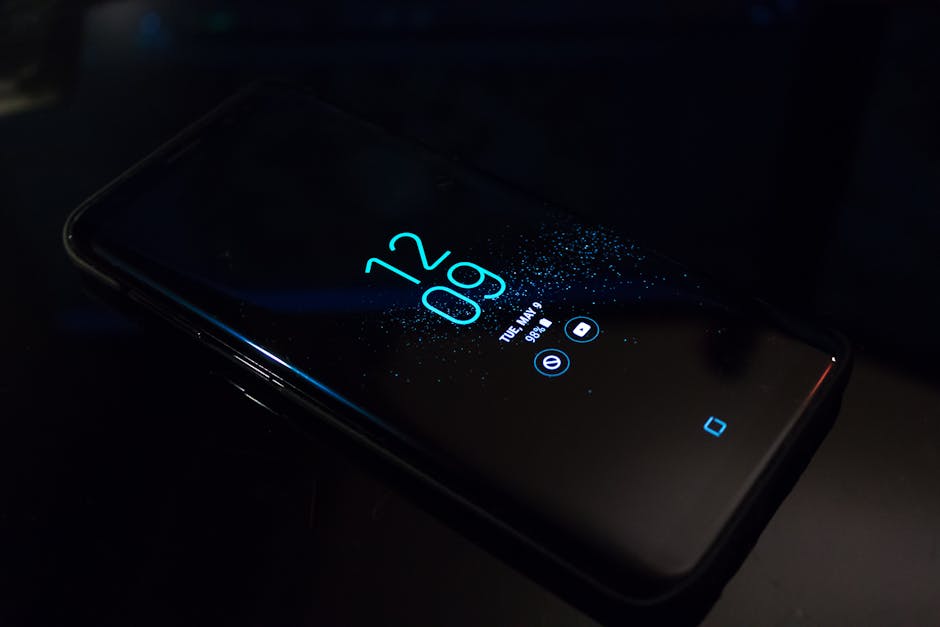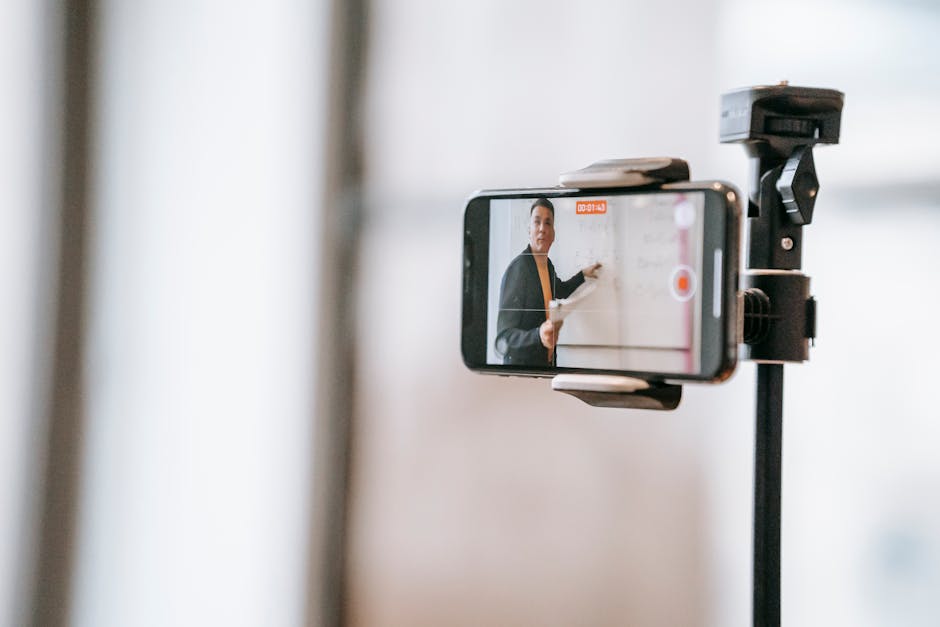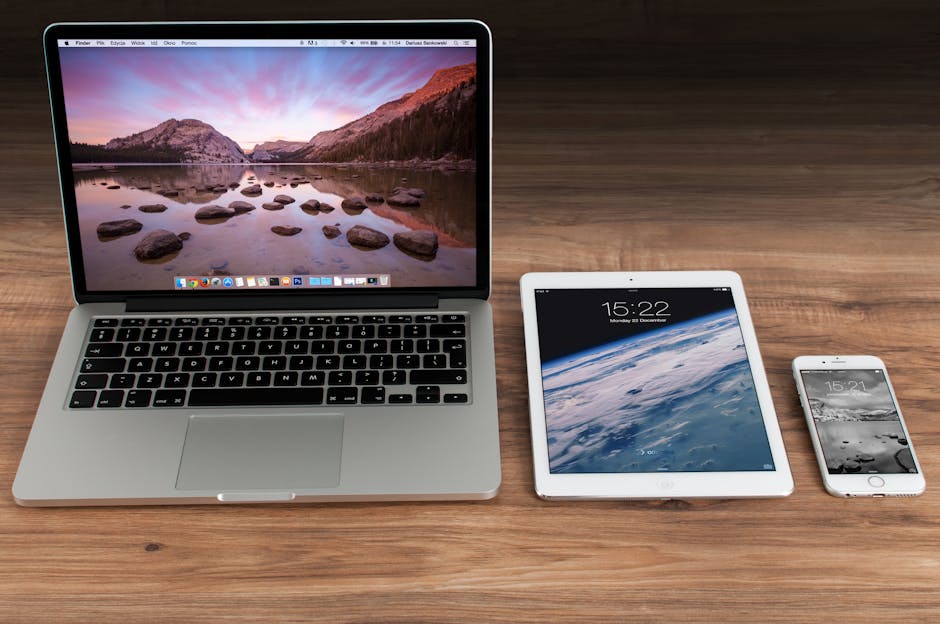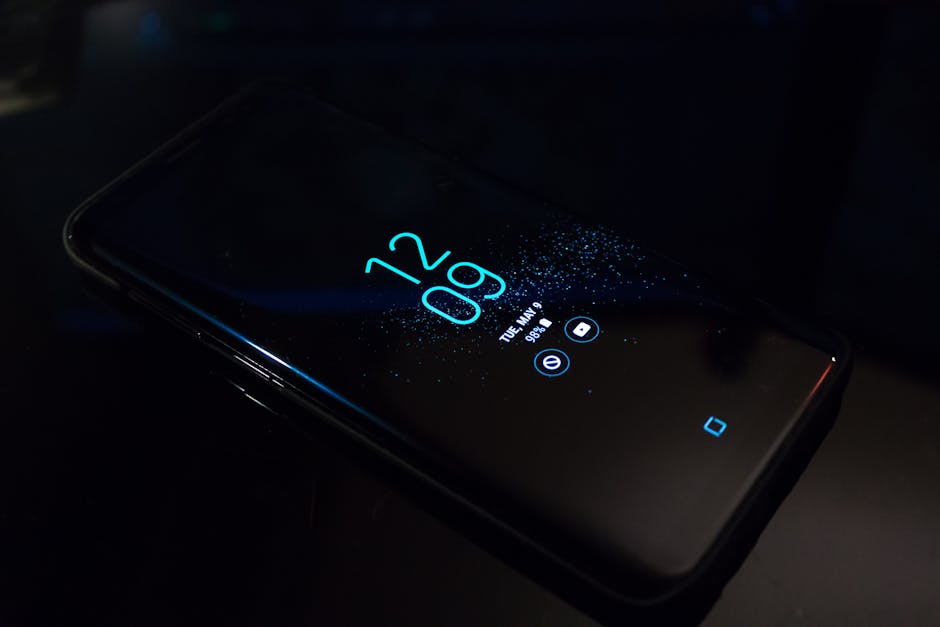Learning how to turn off Do Not Disturb on iPhone is essential if you want to ensure you don’t miss important calls, notifications, and alerts. This guide provides a detailed, step-by-step approach to disabling this feature and customizing your notification settings.
Do Not Disturb is a useful feature that silences calls, alerts, and notifications on your iPhone, but sometimes you need to disable it to stay connected. There are several ways to manage this setting, and we’ll cover them all to help you stay in control.
Method 1: Turning Off Do Not Disturb from Control Center
The easiest way to disable Do Not Disturb is through the Control Center. This method allows for quick access and simple toggling of the feature.
- Access Control Center: Swipe down from the top-right corner of your iPhone screen (on iPhones with Face ID) or swipe up from the bottom edge of the screen (on iPhones with a Home button).
- Locate Do Not Disturb Icon: Look for the crescent moon icon. If it’s white or purple, Do Not Disturb is enabled.
- Tap the Icon: Tap the crescent moon icon to turn off Do Not Disturb. The icon will turn gray, indicating that Do Not Disturb is now disabled.
This is the fastest way to manage Do Not Disturb. It’s perfect when you want to temporarily disable it, such as after a meeting or during your lunch break.
Method 2: Disabling Do Not Disturb via Settings App
Another way to turn off Do Not Disturb is through the Settings app. This method offers more control over the feature’s settings and schedules.
- Open Settings App: Tap the Settings app icon on your iPhone’s home screen.
- Navigate to Do Not Disturb: Scroll down and tap on “Do Not Disturb”.
- Toggle the Switch: At the top of the screen, you’ll see a switch next to “Do Not Disturb”. If it’s green, Do Not Disturb is enabled. Tap the switch to turn it off. The switch will turn gray when disabled.
Using the Settings app provides access to scheduling and customization options, which we’ll explore later in this guide.
Understanding Do Not Disturb Schedules and Customization
The Do Not Disturb feature offers scheduling options that can automatically enable and disable the feature at specific times or locations. This is particularly useful for ensuring uninterrupted sleep or focused work periods. You might also want to explore [INTERNAL: iPhone notification settings] for further customization.
Scheduling Do Not Disturb
- Access Scheduling Settings: In the Settings app, navigate to “Do Not Disturb”.
- Enable Scheduled: Toggle the “Scheduled” switch to the green position.
- Set the Time Range: Tap on the “From” and “To” fields to set the start and end times for the schedule. For example, you might set it from 10:00 PM to 7:00 AM to cover your typical sleep schedule.
With a schedule enabled, Do Not Disturb will automatically turn on and off at the specified times, eliminating the need to manually toggle the feature.
Allowing Calls from Specific People While Do Not Disturb is Active
Sometimes, you might want to allow calls from certain contacts even when Do Not Disturb is enabled. You can configure this within the Do Not Disturb settings.
- Access Allowed Calls Settings: In the Settings app, navigate to “Do Not Disturb”.
- Tap on “Allow Calls From”: Under the “Phone” section, tap on “Allow Calls From”.
- Choose an Option: You can choose to allow calls from “Everyone,” “No One,” “Favorites,” or specific contact groups. Selecting “Favorites” will allow calls from contacts you’ve marked as favorites in the Contacts app.
This feature ensures that you don’t miss important calls from family members or close friends, even when you need to minimize distractions.
Repeated Calls Setting
There is also a “Repeated Calls” setting. When enabled, a second call from the same person within three minutes will not be silenced. This is useful in case of emergencies. You can enable or disable this feature by toggling the “Repeated Calls” switch in the Do Not Disturb settings.
Method 3: Using Focus Modes to Manage Notifications
Focus Modes are an extension of Do Not Disturb, offering even more granular control over notifications and interruptions. They allow you to create custom profiles for different activities, such as work, personal time, or driving.
- Access Focus Settings: Open the Settings app and tap on “Focus”.
- Choose a Focus Mode: Select a pre-set Focus Mode, such as “Do Not Disturb,” “Personal,” “Work,” or “Sleep,” or create a custom Focus Mode by tapping the “+” button in the top-right corner.
- Customize the Focus Mode: Within each Focus Mode, you can customize which notifications and calls are allowed, which apps can send notifications, and even customize your home screen.
Focus Modes provide a powerful way to manage distractions and stay focused on the task at hand.
Customizing Focus Modes
Each Focus Mode offers extensive customization options. You can specify which people and apps are allowed to send notifications, and even customize the appearance of your home screen.
- People: Under the “Allowed Notifications” section, tap on “People” to specify which contacts can reach you while the Focus Mode is active.
- Apps: Tap on “Apps” to specify which apps can send notifications.
- Time Sensitive Notifications: You can also allow time-sensitive notifications to break through the Focus Mode, ensuring that you don’t miss urgent alerts.
- Home Screen Customization: Focus Modes also allow you to customize your home screen by hiding notification badges and showing only specific pages.
By carefully customizing Focus Modes, you can create tailored environments that minimize distractions and help you stay productive.
Using Focus Status
When you use a Focus Mode, your apps can display that you have notifications silenced. This lets people know that you might not respond right away. You can control whether or not your Focus status is shared with others.
- Access Focus Status Settings: In the Settings app, go to “Focus” and select the Focus Mode you want to configure.
- Tap on “Focus Status”: Scroll down and tap on “Focus Status”.
- Toggle “Share Focus Status”: Toggle the “Share Focus Status” switch to enable or disable sharing your Focus status with apps and contacts.
Troubleshooting Common Do Not Disturb Issues
Sometimes, Do Not Disturb might not behave as expected. Here are some common issues and how to troubleshoot them.
Do Not Disturb is Stuck On
If Do Not Disturb seems to be stuck on, even after you’ve tried turning it off, try these steps:
- Restart Your iPhone: A simple restart can often resolve temporary glitches. Press and hold the power button (and volume button on some models) until the power-off slider appears. Slide to power off, wait a few seconds, and then press and hold the power button again to turn your iPhone back on.
- Check Scheduled Settings: Make sure that you haven’t accidentally set a schedule for Do Not Disturb. Go to Settings > Do Not Disturb and ensure that the “Scheduled” switch is turned off.
- Check Focus Modes: Review your Focus Modes to see if one of them is active and preventing notifications.
- Update iOS: Ensure that your iPhone is running the latest version of iOS. Outdated software can sometimes cause unexpected behavior. Go to Settings > General > Software Update to check for updates. [EXTERNAL: Apple Support]
Missing Notifications Despite Do Not Disturb Being Off
If you’re not receiving notifications even after turning off Do Not Disturb, check these settings:
- Notification Settings for Individual Apps: Go to Settings > Notifications and check the notification settings for each app. Make sure that notifications are enabled and that you’ve selected the desired alert style (banners, alerts, or badges).
- Summary Notifications: Some apps may be configured to deliver notifications in a summary at a specific time. Check the app’s settings to disable or adjust summary notifications.
- Background App Refresh: Ensure that background app refresh is enabled for the apps you want to receive notifications from. Go to Settings > General > Background App Refresh and make sure the switch is turned on for the relevant apps.
Unexpected Behavior with Focus Modes
If you’re experiencing unexpected behavior with Focus Modes, try these tips:
- Review Customization Settings: Double-check the customization settings for each Focus Mode to ensure that they are configured correctly.
- Disable or Delete Unnecessary Focus Modes: If you have multiple Focus Modes, try disabling or deleting the ones you don’t need.
- Restart Your iPhone: As with other issues, restarting your iPhone can often resolve temporary glitches with Focus Modes.
Additional Sources and References
- Wikipedia – how to turn off do not disturb on iphone
- Learn more about how to turn off do not disturb on iphone
Conclusion: Mastering Do Not Disturb on Your iPhone
Understanding how to turn off Do Not Disturb on iPhone, and how to customize it and the related Focus Modes, is crucial for managing your notifications and staying connected when it matters most. By following the steps outlined in this guide, you can ensure that you’re always in control of your iPhone’s notification settings. Whether you prefer quick toggling through the Control Center or detailed customization via the Settings app, mastering these features can greatly enhance your iPhone experience. Remember to regularly review your Do Not Disturb and Focus Mode settings to ensure they align with your changing needs and preferences. And if you want to delve deeper, consider researching [INTERNAL: advanced iPhone settings] or checking out Apple’s official documentation [EXTERNAL: Apple’s official iPhone guide]. Keep your iPhone updated and practice these methods, and you’ll have mastered how to turn off Do Not Disturb and manage your notifications with ease.





